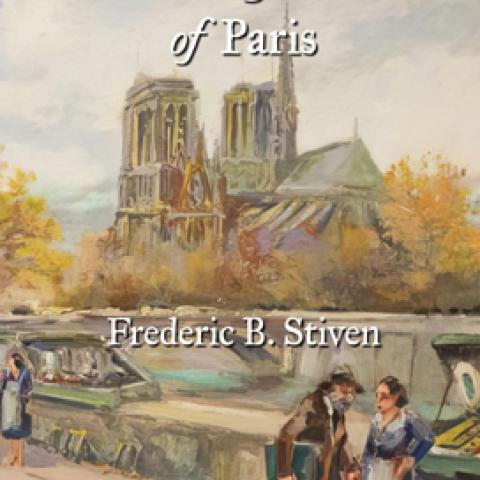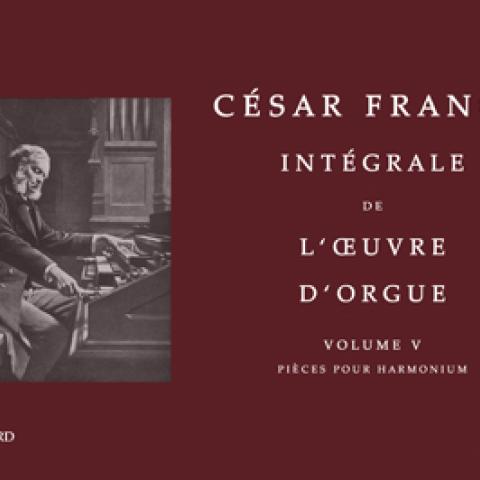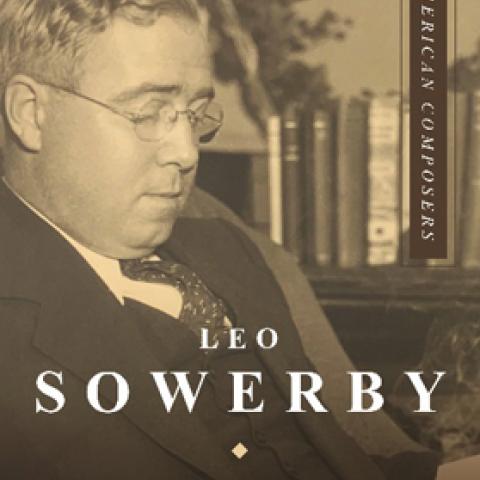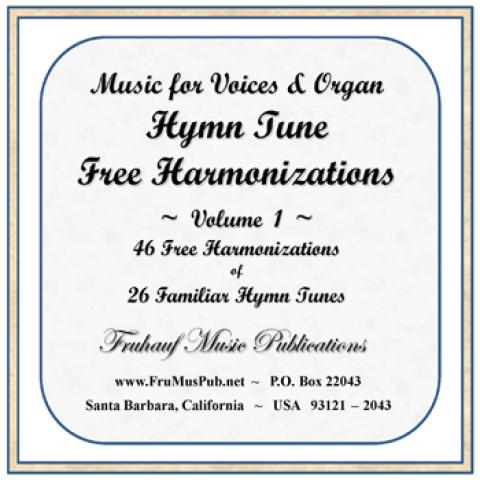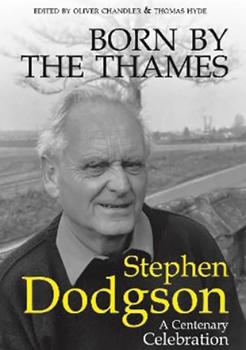
De la Porte Publishing announces a new book, Born by the Thames: Stephen Dodgson, A Centenary Celebration (978-1-8383269-1-3, £12.99), edited by Oliver Chandler and Thomas Hyde.
Dodgson (1924–2013), a British composer, produced many works in a variety of genres, including a corpus of works for harpsichord and harpsichord with other instruments.
“An Interview with Stephen Dodgson” by Pamela Nash can be found in the October 2001 issue of The Diapason, pages 15–19.
For further information: delaportepublishing.co.uk.
Other recent publications:

